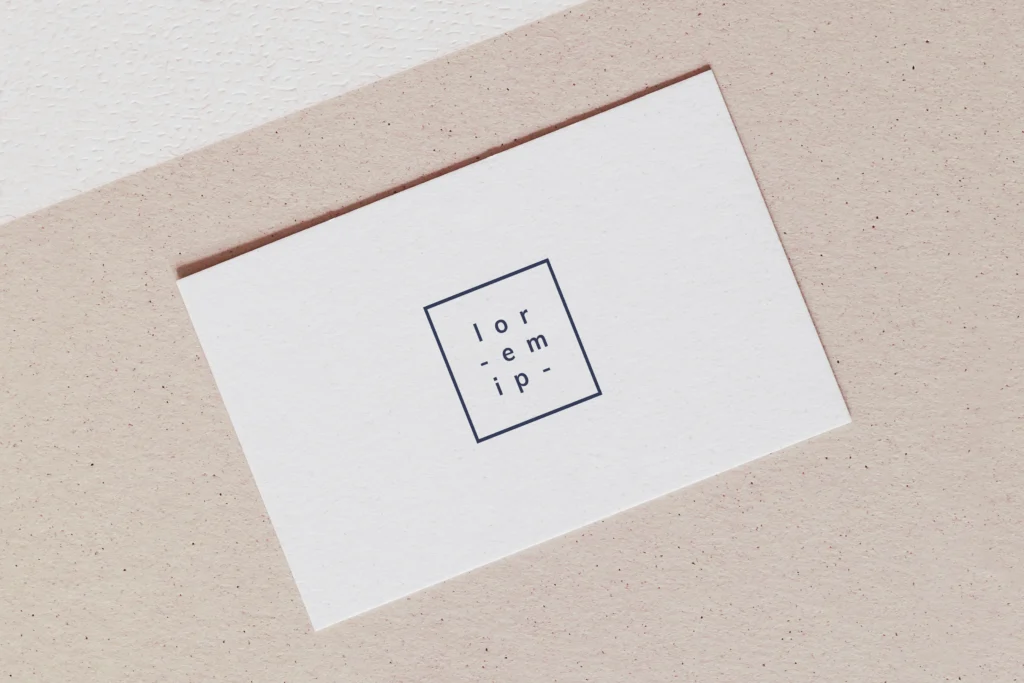
Minimalism in design continues to be a dominant aesthetic, especially in typography. As more brands and designers embrace clean, simple visuals, the choice of font plays a crucial role in achieving that effect. Minimalist fonts can make a significant difference in your design projects, whether you’re crafting a logo, website, or printed materials. In this article, we explore the seven best minimalist fonts that can elevate your designs and keep them sleek and professional.
Before diving into our top font recommendations, it’s important to understand what defines a minimalist font. Minimalism in typography is characterized by:
Minimalist fonts are often sans-serif, but they can also include some serif fonts that embrace simplicity and modernity. These fonts are ideal for conveying clarity, sophistication, and elegance in design.
Helvética is the cornerstone of minimalist typography. Developed in 1957 by Max Miedinger and Eduard Hoffmann, this iconic font is known for its neutral, clean design. It is one of the most widely used sans-serif fonts in graphic design, offering versatility and legibility in a variety of contexts.
Incorporating Helvetica into your designs ensures that the focus remains on the message, not the typeface itself. The font’s simplicity helps maintain a polished and professional look, which is why it’s favored by brands like American Apparel, Lufthansa, and Toyota.
Futura, designed by Paul Renner in 1927, is another classic minimalist font that has stood the test of time. This geometric sans-serif font is known for its clean, sharp edges and strong visual presence. Its rounded letterforms and balanced proportions make it a favorite for both branding and editorial design.
Futura is often associated with modernism, and its popularity can be seen in its use by brands like Volkswagen, IKEA, and even NASA. It’s ideal for projects where a sleek, contemporary feel is desired.
Arial, a font that often gets compared to Helvetica, is another great option for minimalist designs. While some purists prefer Helvetica, Arial has become the go-to sans-serif font for most digital and web-based projects. It was created in 1982 by Robin Nicholas and Patricia Saunders for Monotype, with an emphasis on legibility in digital screens.
Arial is ideal for web design, as it’s highly readable and supported by almost every platform. It offers a clean, neutral look that allows content to take center stage without unnecessary distractions.
Avenir, designed by Adrian Frutiger in 1988, is a humanist sans-serif font that blends modernism with warmth. Unlike some minimalist fonts that may appear too cold or mechanical, Avenir offers a more inviting and friendly aesthetic while maintaining a clean, professional look.
It’s a versatile font that works well for both text-heavy projects and larger display sizes, making it a solid choice for branding, advertising, and editorial design. Avenir is frequently used by top-tier companies such as Apple, and its elegant structure can give your designs a polished, contemporary edge.
Montserrat, designed by Julieta Ulanovsky in 2010, is a modern geometric sans-serif font that has become a popular choice for designers who want to convey a fresh and contemporary look. It’s highly legible and offers a sleek appearance with a modern flair.
Montserrat works well for both headlines and body text, and it’s particularly effective in website design and branding projects. Its popularity can be attributed to its versatility and unique design, which has earned it a spot in the font libraries of many creative professionals.
Roboto, created by Christian Robertson for Google in 2011, has quickly become one of the most widely used fonts in the digital world. Its modern, clean design makes it perfect for websites, apps, and user interfaces. The font strikes a balance between mechanical and friendly, offering excellent legibility at all sizes.
As the default font for many Google products, Roboto’s clean lines and neutral design ensure that it works seamlessly across different devices and screen resolutions. If you’re working on a digital design, Roboto is an excellent choice for maintaining readability without sacrificing aesthetics.
Open Sans, designed by Steve Matteson in 2011, is another versatile sans-serif font that provides a clean and modern look. It’s widely used in both web and print design due to its neutrality and legibility. The font features slightly rounded corners and open letterforms, making it easier to read at small sizes.
Open Sans is a popular choice for websites, blogs, and user interfaces because of its clear, legible characters and balanced design. It’s also used by major companies like Google, and it’s available as an open-source font, making it an accessible option for designers everywhere.
Minimalist fonts are a great way to elevate your design while keeping things clean and professional. The seven fonts highlighted in this article—Helvetica, Futura, Arial, Avenir, Montserrat, Roboto, and Open Sans—are all fantastic choices for creating a modern, legible, and aesthetically pleasing design.
Each of these fonts brings a unique personality to the table, allowing you to tailor your design to suit your project’s needs. Whether you’re designing for the web, creating branding materials, or crafting an editorial layout, these minimalist fonts will help you maintain focus on the message while keeping the design elegant and clean.
By carefully selecting the right font for your project, you ensure that your design communicates effectively and looks polished, all while adhering to the principles of minimalist design. Don’t be afraid to experiment with different fonts, and remember to consider the context of your design to choose the best fit.